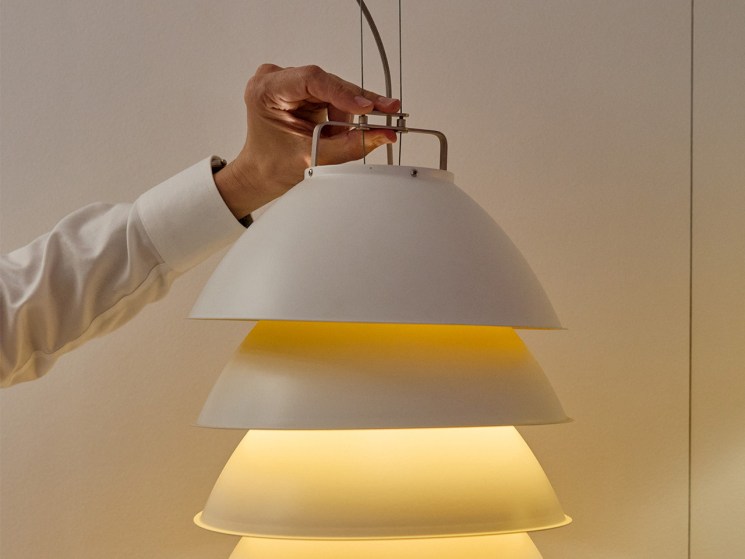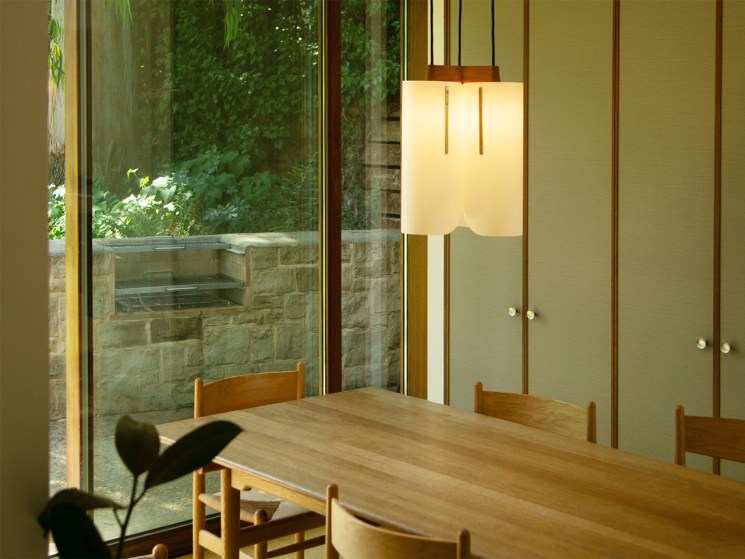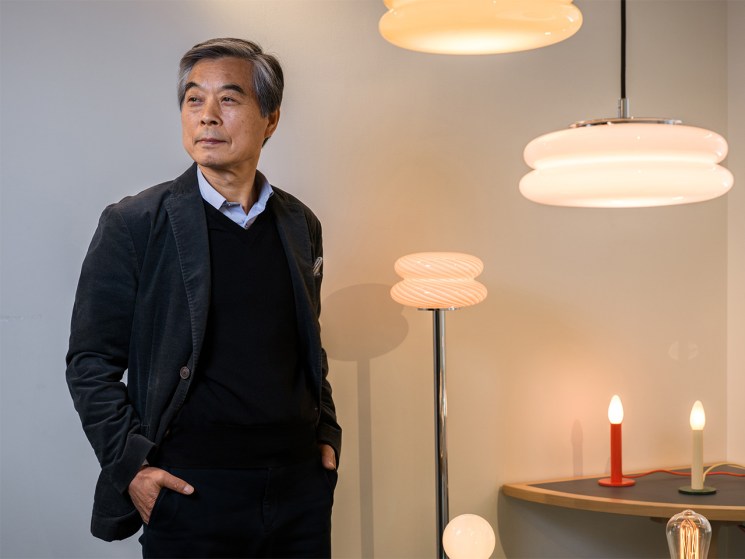lighting
Latest
Design
How an Italian lighting brand is keeping Ingo Maurer’s anarchic charm alive
Can a lighting firm defined by its beloved owner’s playful, idiosyncratic approach thrive after his death? Foscarini’s founder and president says yes.

Design
The London home that helped shape a new lighting design
Where do you look when your piece of industrial design, in this case a lamp, gets stuck in the development phase?

Design
South Korean lighting firm ILKW’s bright idea
Combining the beauty of incandescent lights with the efficiency of LEDs is what its owner hopes will take the brand global.



